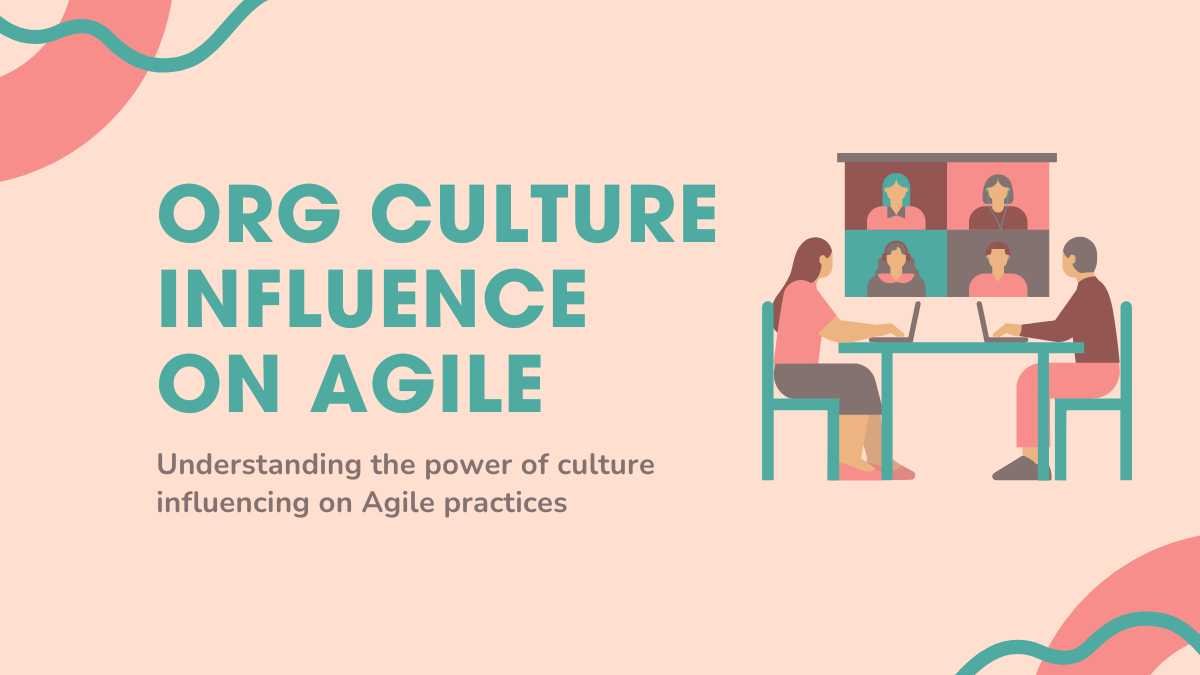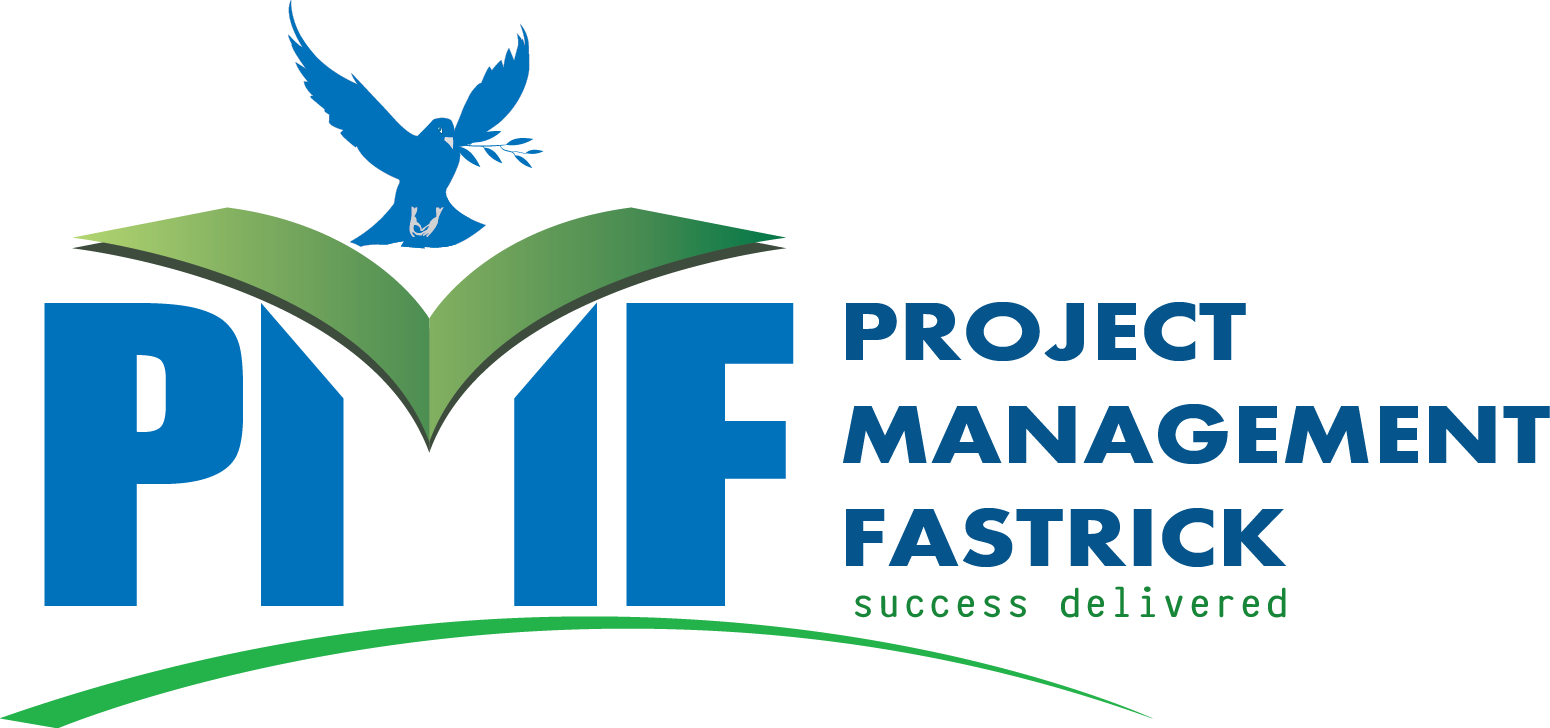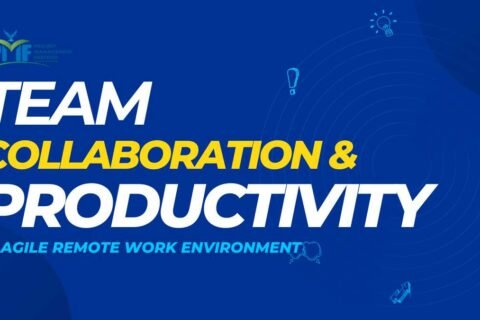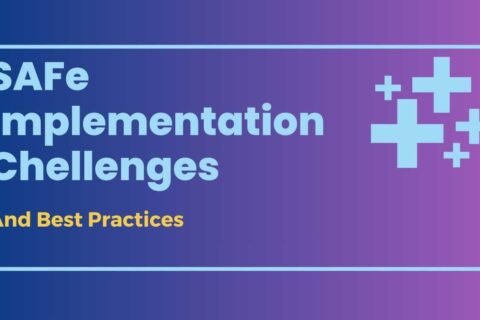
The Influence of Organizational Culture on Agile Project Management Adoption
The rise of Agile methodologies has revolutionized project management in various industries. However, successful adoption requires more than just implementing new processes. Organizational culture plays a critical role in determining the effectiveness of Agile practices. This paper explores the influence of organizational culture on Agile project management adoption. It examines how cultural attributes can either hinder or support the successful integration of Agile principles. The paper concludes by suggesting strategies for fostering an Agile-friendly culture and maximizing the benefits of Agile adoption.
1. Introduction
Traditional, waterfall-based project management methodologies often struggle to keep pace with the dynamic and fast-changing environments of today’s business landscape. Agile methodologies, with their emphasis on iterative development, flexibility, and customer focus, have emerged as a powerful alternative. However, simply implementing Agile practices is not a guarantee of success.
This paper investigates the significant role organizational culture plays in the adoption of Agile project management. It delves into the core values, beliefs, and behaviors that influence how an organization approaches change, collaboration,and decision-making. The paper explores how these cultural attributes can either create roadblocks for Agile adoption or act as catalysts for its successful implementation.
2. Core Dimensions of Organizational Culture
Several key cultural dimensions can significantly impact Agile adoption:
- Hierarchy vs. Collaboration: Hierarchical cultures, with rigid structures and top-down decision-making, often struggle with Agile’s emphasis on self-organizing teams and empowered individuals. Collaborative cultures,where information sharing and cross-functional teamwork are encouraged, naturally align with Agile principles.
- Control vs. Trust: Cultures focused on strict control and micromanagement may resist the autonomy and trust inherent in Agile practices. Cultures built on trust and empowered decision-making at the team level are more receptive to Agile’s distributed ownership approach.
- Risk Aversion vs. Experimentation: Risk-averse cultures may be hesitant to embrace the iterative and potentially unpredictable nature of Agile development. Cultures that encourage calculated risks and experimentation are more likely to thrive in an Agile environment.
- Customer Focus vs. Internal Focus: Organizations with an internal focus might struggle to prioritize continuous customer feedback and iterative development, core tenets of Agile. Customer-centric cultures, where understanding and exceeding customer expectations is paramount, readily embrace Agile practices that deliver value early and often.
3. The Impact of Culture on Agile Adoption
Positive Influences:
- A collaborative and trusting culture fosters open communication and transparency, essential for effective Agile teamwork.
- Cultures that embrace experimentation and calculated risks are more adaptable to the iterative nature of Agile development.
- A strong customer focus aligns perfectly with Agile’s emphasis on delivering value to the customer early and continuously.
Negative Influences:
- A hierarchical and control-oriented culture can stifle creativity, information sharing, and the self-organization required for Agile success.
- Risk-averse cultures may be resistant to the potential for rework and course correction inherent in Agile iterations.
- An internal focus might lead to resistance to incorporating continuous customer feedback and prioritizing changing requirements.
4. Case Studies
Case Study 1: Successful Agile Adoption in a Collaborative Culture
A marketing agency with a history of cross-functional teamwork and open communication successfully transitions to Agile methodologies. The collaborative culture fosters knowledge sharing, empowers teams to make decisions, and readily embraces customer feedback within Agile iterations.
Case Study 2: Challenges of Agile Adoption in a Hierarchical Culture
A manufacturing company with a strong hierarchical structure struggles to implement Agile. The top-down decision-making approach clashes with Agile’s principles of self-organizing teams, and a lack of trust hinders information flow and transparency within teams.
5. Fostering an Agile-Friendly Culture
- Leadership Commitment: Leaders must champion Agile values and actively promote a culture of collaboration,trust, and experimentation.
- Communication and Training: Educating employees on Agile principles and benefits fosters buy-in and reduces resistance.
- Performance Measurement: Shifting performance metrics to reflect Agile values, such as velocity and customer satisfaction, aligns employee behavior with Agile goals.
- Continuous Improvement: Regularly assess the cultural fit for Agile and adapt practices to address any cultural misalignments that hinder progress.
6. Conclusion
Organizational culture plays a critical role in determining the success of Agile project management adoption. By understanding the influence of cultural attributes and actively fostering an Agile-friendly environment, organizations can maximize the benefits of Agile methodologies. Agile transformation is not just about implementing a new framework, but also about cultivating a culture that empowers teams, values collaboration, and embraces continuous improvement.






